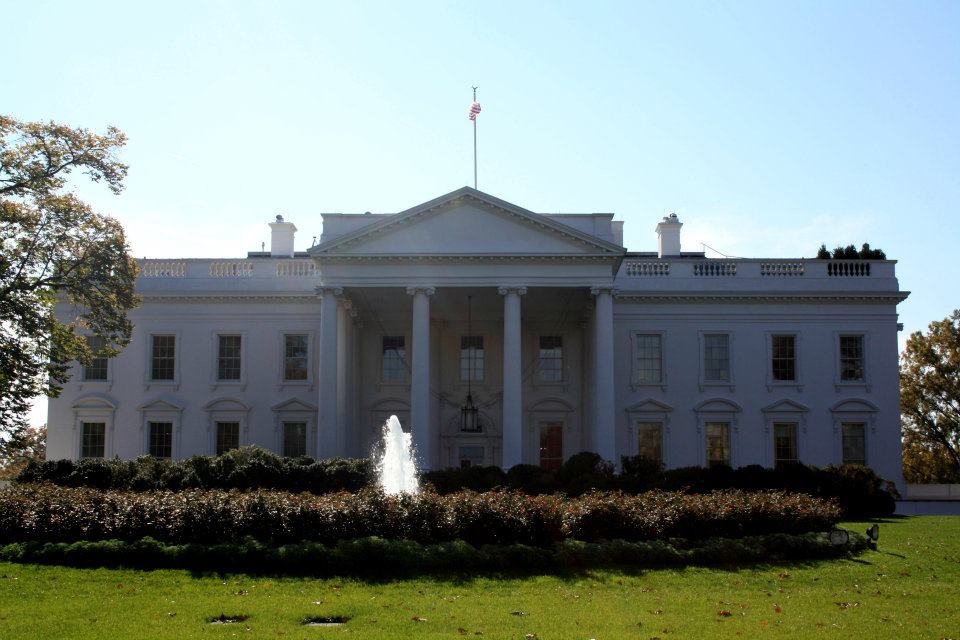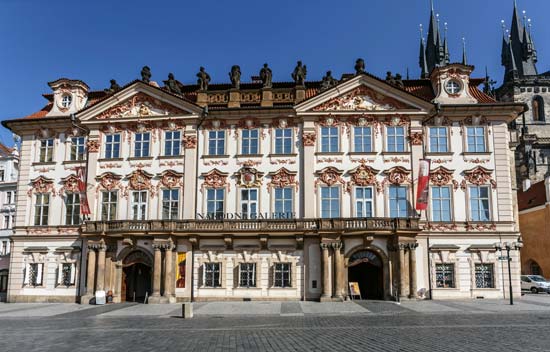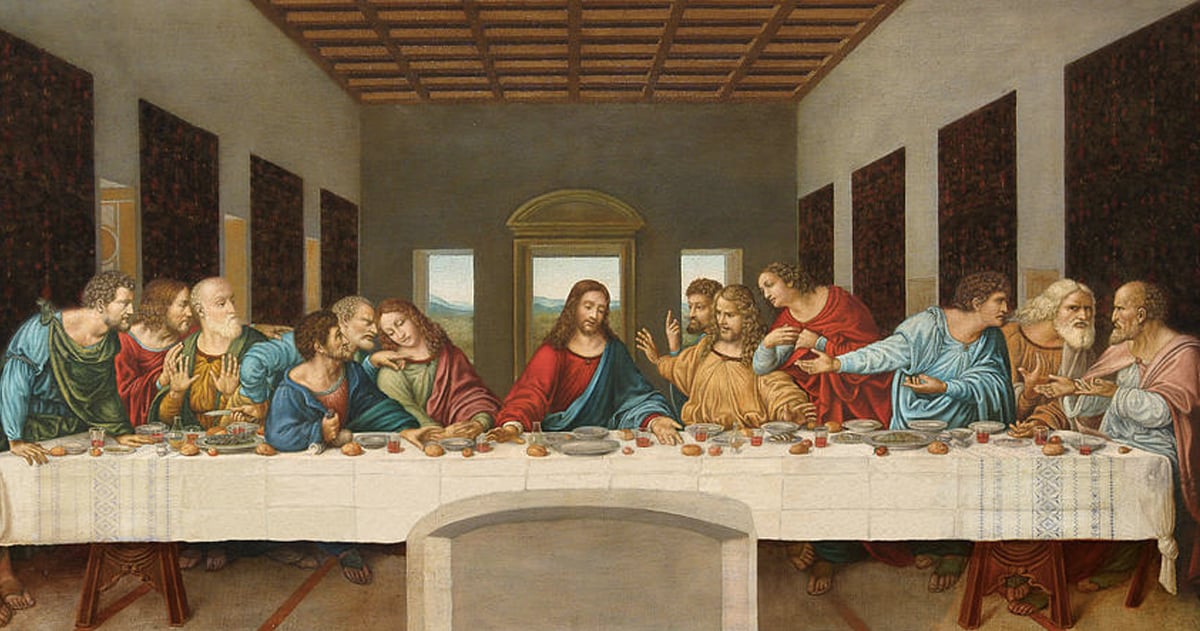How my research into Modernity influenced my practice as a first year student of Interior Architecture
Post-modernism 1950s-1970s
Lastly, a more recent movement was Post-modernism- describing styles of architecture and decorative arts as a response to Modernism and the Modern Movement- along with the ‘dogma’ associated with it. The physical attributes of buildings from this era follows as: Classical motifs, Literary allusions, bright colours, structural variety and the variety of materials/shapes.
This relates to my discipline as it heavily involves the development of architecture and even more so how it lead to the architecture we have today. As an interior architect, this era proved useful for me to see architectural styles through the ages- the common finding from researching modernity.
Modernity from 1500-200 has helped me understand my architectural knowledge as well as my creative thinking. As well as being historically informed, I have progressed in my creativity as an artist, as I have seen various styles of architecture. Also, learning the historical background makes me think to see things from different perspectives- which is important as an artist.
References:
https://www.architecture.com/knowledge-and-resources/knowledge-landing-page/postmodernism







